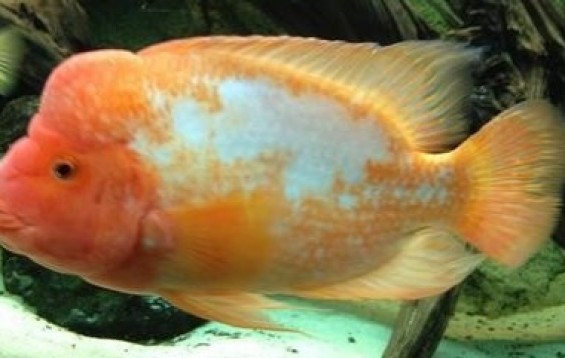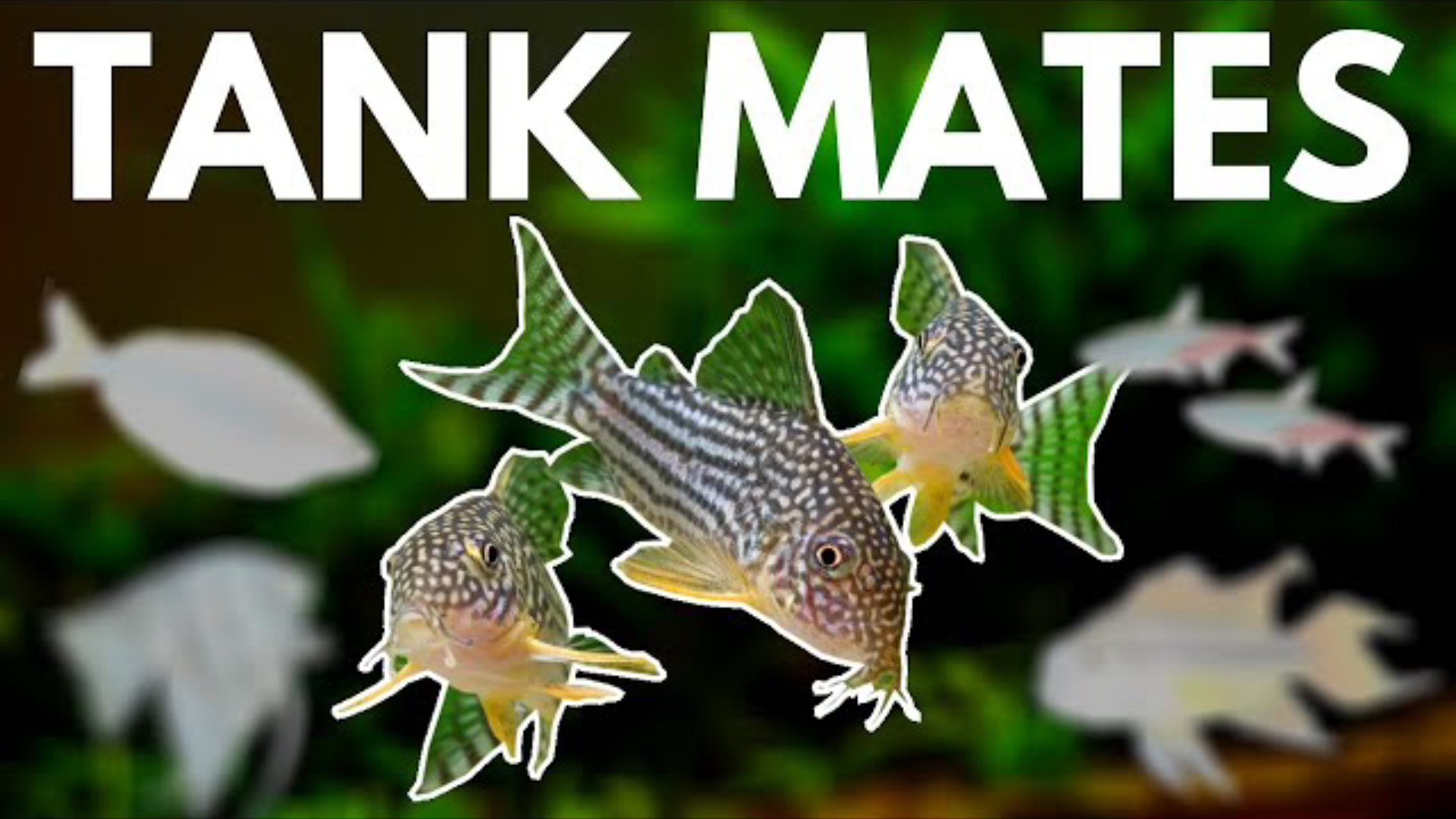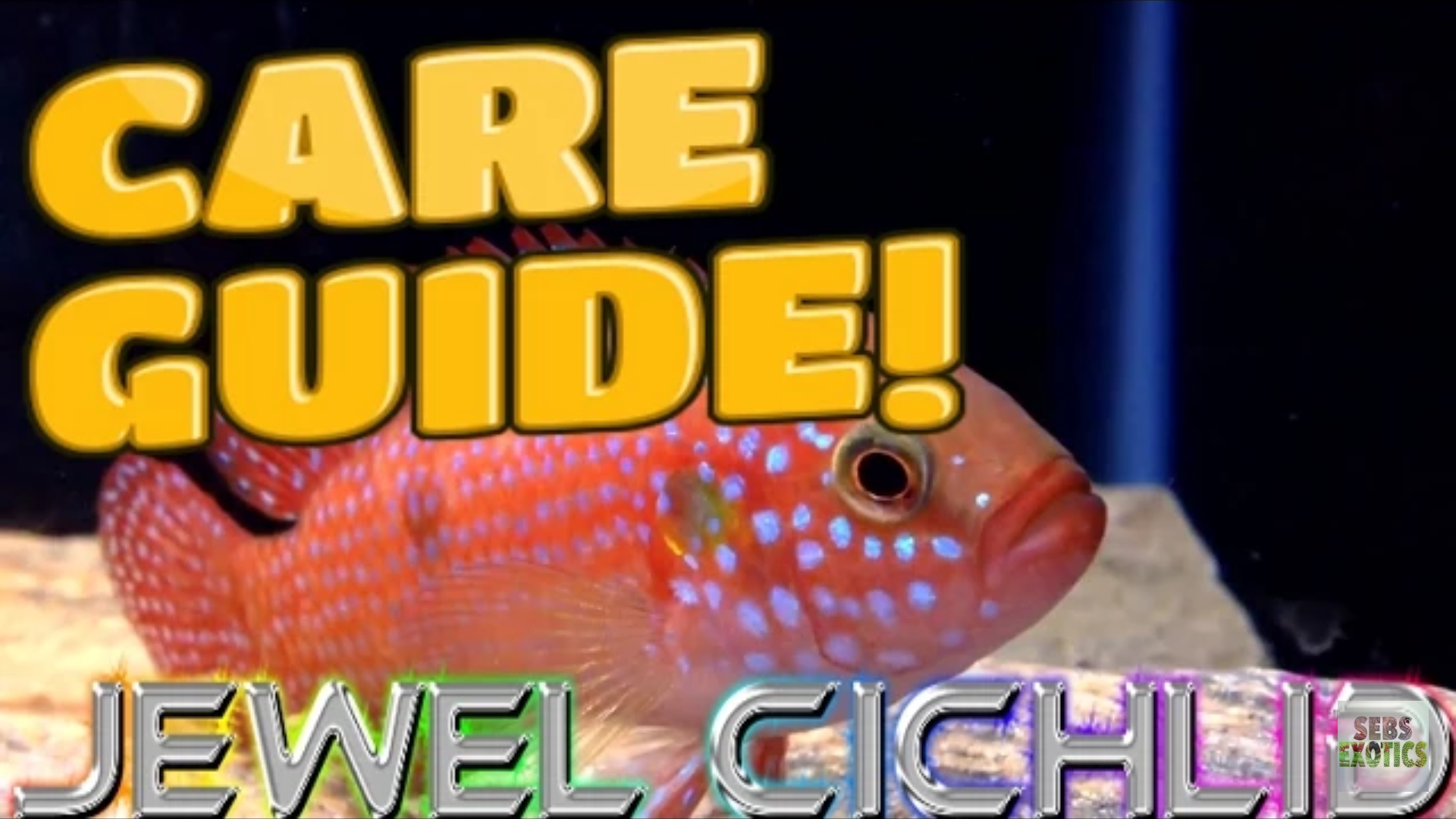- Name:
Red Devil
(View AKA's) - Family: Cichlidae
- Species: New World Cichlids
- Scientific Name: Amphilophus labiatus


General info about Red Devil
These fish are quite large, reaching up to 15 inches. In the wild they can be either dark brown or gray, however, in captivity a lot more color morphs can be found. One of the main traits of these fish are their large lips, however, not all specimens have these so they shouldn’t be used to distinguish them from another species. The Red Devil morph is bright orange. They are known for being able to recognize their owners and play with them. To keep these fish in captivity, water pH should be between 6.5 and 7.5 and water temperature should range from 75°F to 79°F. The tank should have a sandy substrate, open areas for swimming and plenty of hiding places. They shift the substrate everyday so there is no point in having rooted plants or low-weight decoration, decoration in the tank should be heavy to try to prevent the fish from knocking it down. The tank should have a cover to prevent the fish from jumping off the tank. They are one of the most aggressive cichlids and as such shouldn’t be kept in community aquariums, also, they should be kept singly or in pairs. A 55 gallon tank is the minimum recommended for a single fish while a 125 gallon tank is the minimum recommended to keep a pair.
Red Devil Diet & Nutrition
This species is omnivorous. In captivity, they can be fed with dried foods supplemented with live or frozen foods like worms and shrimps and with vegetable matter like peas or spinach.
Determining Sex of Red Devil
Males are larger and wider than females.
Breeding & Spawning Red Devil
To breed this species in captivity, a 6’ long tank is necessary and it should contain large rocks as potential spawning sites. It is very difficult to match adult fish, the best thing to do is to get a group of 6 and allow them to pair off naturally, once a pair is formed the rest of the fish should be removed otherwise they might be killed by the pair. The eggs take 2 to 3 days to hatch and the fry become free swimming after a week.
Common Diseases with Red Devil
Large Cichlids, like the Red Devil, are prone to get “Hole in the Head” disease. This disease is very common in poor water conditions and poorly fed fish. Its symptoms include cavities in the head and face.
Red Devil Origin
This species is endemic to the Lakes of Nicaragua, Central America.
Acclimating Red Devil
The water in which these fish are packaged is different from the water in the tank, since these fish are extremely sensitive to water conditions the acclimation process is very important. This process should never be rushed. Aquarium lights should be off for at least the first 4 hours of the fish in the new tank and it should not be fed in the first 24h. There are two acclimation methods: Floating Method and the Drip Method.
Floating method - the aquarium lights should be off and lights in the room should be dim, the bag in which the fish is should be placed in the surface of the water to float for about 15 minutes, this allows the water in the bag to adjust to the water in the tank. The bag should then be cut under the knot and the top edge of the bag should be rolled down one inch, then ¼ cup of the aquarium water should be added to the bag, this step should be repeated every 4 minutes until the bag is full, then half the water of the bag should be discarded and the bag should be put to float again and ¼ cup of the aquarium water should be added to the bag every 4 minutes until the bag is full. Afterwards, the Discus can be moved into the aquarium.
Drip method – the aquarium lights should be off and lights in the room should be dim, the bag in which the fish is should be placed in the surface of the water to float for about 15 minutes, this allows the water in the bag to adjust to the water in the tank. The bag contents should be poured into a 1 gallon bucket that has never been cleaned with any chemicals, the fish should be enterally submerged. A siphon, using airline tubing, should be set up and a drip line should run from the main aquarium to the bucket. Several loose knots should be tied in the airline tubing to regulate flow. Sucking the end of the airline tube that goes to the bucket will begin a siphon, the flow should be regulated to 2 to 4 drips per second. Once the water in the buckets doubles, half should be discarded and the process should be repeated until it doubles again. Afterwards, the fish can be moved to the aquarium.
Original Detail
| Name | Species | Family | Scientific Name | More Detail | Added by |
|---|---|---|---|---|---|
| Red Devil | New World Cichlids | Cichlidae | Amphilophus labiatus | These fish are quite large, reaching up to 15 inches. In the wild they can be either dark brown or gray, however, in captivity a lot more color morphs can be found. One of the main traits of these fish are their large lips, however, not all specimens have these so they shouldn’t be used to distinguish them from another species. The Red Devil morph is bright orange. They are known for being able to recognize their owners and play with them. To keep these fish in captivity, water pH should be between 6.5 and 7.5 and water temperature should range from 75°F to 79°F. The tank should have a sandy substrate, open areas for swimming and plenty of hiding places. They shift the substrate everyday so there is no point in having rooted plants or low-weight decoration, decoration in the tank should be heavy to try to prevent the fish from knocking it down. The tank should have a cover to prevent the fish from jumping off the tank. They are one of the most aggressive cichlids and as such shouldn’t be kept in community aquariums, also, they should be kept singly or in pairs. A 55 gallon tank is the minimum recommended for a single fish while a 125 gallon tank is the minimum recommended to keep a pair. |
PalaciosAn |
Changed by users
| Submitted Date | Submitted By | Status | Action |
|---|





